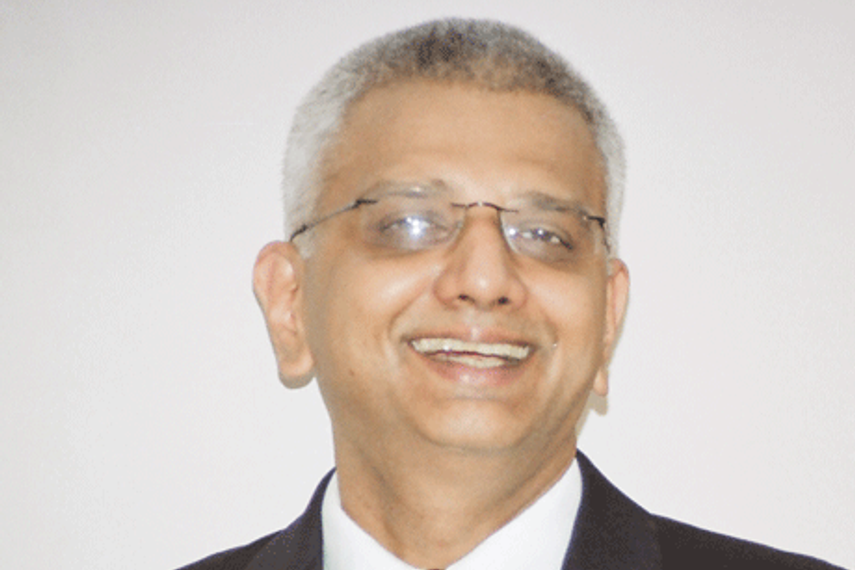
Please sign in or register
Existing users sign in here
Having trouble signing in?
Contact Customer Support at
[email protected]
or call+91 22 69489600
(God tells. Arunachalam does.) - Rajinikanth (b.1950) in the movie Arunachalam. (Extract from Ambi Parameswaran's 'For God's Sake - An Adman on the Business of Religion'

Contact Customer Support at
[email protected]
or call+91 22 69489600
Top news, insights and analysis every weekday
Sign up for Campaign Bulletins
In the rush to automate, have we stopped thinking about thinking? And what AI is doing to our minds? Publicis' Laurent Thevenet implores.
While analytics continued to be the fastest-growing segment, custom market research grew 8%, showcasing an appetite for specialised services.
Campaign Explainer: India’s warning over Grok revives advertiser anxieties from 2022, reopening questions of brand safety, platform accountability and Musk-era moderation gaps.
Mass appeal is not where most brands are focused anymore. Here are five trends that will shape marketing this year.